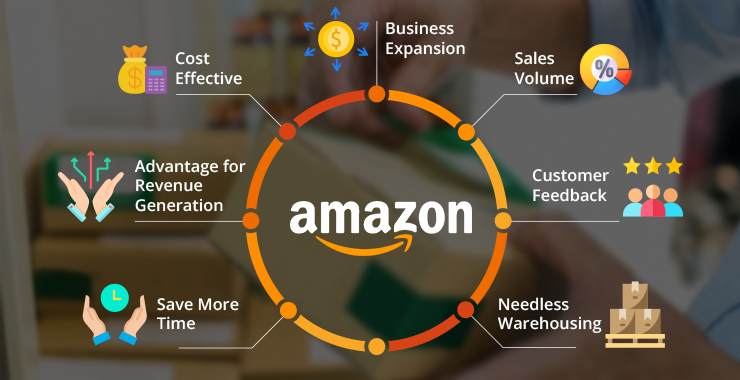Amazon SEO: Boost Sales By Ranking Higher on Amazon
- by eSellerHub

Whenever we talk about SEO, the first thing which comes into our mind is Google. But, when it comes to online shopping, Amazon becomes much more important. As a matter of fact, the search volume for products is three times more on Amazon when compared to Google. The reasons behind high search volume on Amazon is – it has around 80 million prime members all over the world, 300 million customer accounts and is experiencing growth in number of accounts by 30 to 40 percent.
So, how would you rank your products high on Amazon and grab the attention of such a huge pool of customers that shops regularly on Amazon?
Well, with the help of Amazon SEO you can make that possible and achieve desired results. Before moving on with Amazon SEO, let’s have a look at Amazon Algorithm and how does it work…
The Amazon Algorithm

Amazon’s search engine algorithm has a name, and it’s called A9. Started in 2003 as a subsidiary of Amazon, A9 was tasked with the sole responsibility of creating a better user experience by placing the right products in front of the right customers.
Here we will discuss the 5 most important variables used by A9 while creating product rankings on Amazon. This would help you in understanding A9 in-depth and optimize your product listings:
- Recent Sales Record

Amazon Algorithm (A9) gives preference to those products which have achieved high sales record in recent times. This means if you achieve higher sales within a short period of time, your product ranks above the other products but your sales needs to be consistent to maintain the position.
- Verified Product Review

The products having maximum verified reviews and overall rating can achieve high ranking as per Amazon algorithm. A verified review is one which is left by the user using the same Amazon account used for buying that product. The review for which Amazon doesn’t have the record of the person buying it is known as unverified review. For Amazon, verified and positive ratings are very much important.
- CTR v/s CTS
CTR (click through rate) is how often online shoppers have clicked your product link and CTS (click through sales) is how often shoppers have purchased your product. Amazon not only just relies on CTR but also gives preference to CTS. For example #1 product has high CTR but #2 product has high CTS, which means that buyers like #2 product and thus Amazon will give preference to #2 product and rank it higher than #1 product.
- Content on Sales Page
Similar to Google SEO, content is the king for Amazon SEO too. Every search engine needs content to verify whether the search result is exactly what the user is searching for. Amazon also verify that and thus, you need to keep a check on your product page content. It is to be ensured that the content includes right keyword density, relevant keywords in the header, proper text ratio etc. You can place relevant keywords in page title, sub title, editorial review as well as product description. Moreover, you can assign “product name” as the file name to the product image, to make it SEO friendly.
- Amazon “Special” Keywords
When you are uploading your product on Amazon, it asks for 7 special keywords. You need to assign those 7 special keywords which are having high search volume and are relevant to your products. So, when any of those keywords are searched by the shoppers, your product gets listed on the top position of the product list. Being listed through relevant keywords and right category plays an important role in boosting sales of your products.
Conclusion
So, now you know the basic tactics of achieving high rankings for your products on Amazon. High ranking in Amazon can not only get clicks but also help you to sell more and earn more. If you have products listed on Amazon, you can just try these simple techniques and take your online retail business to the next level!!!